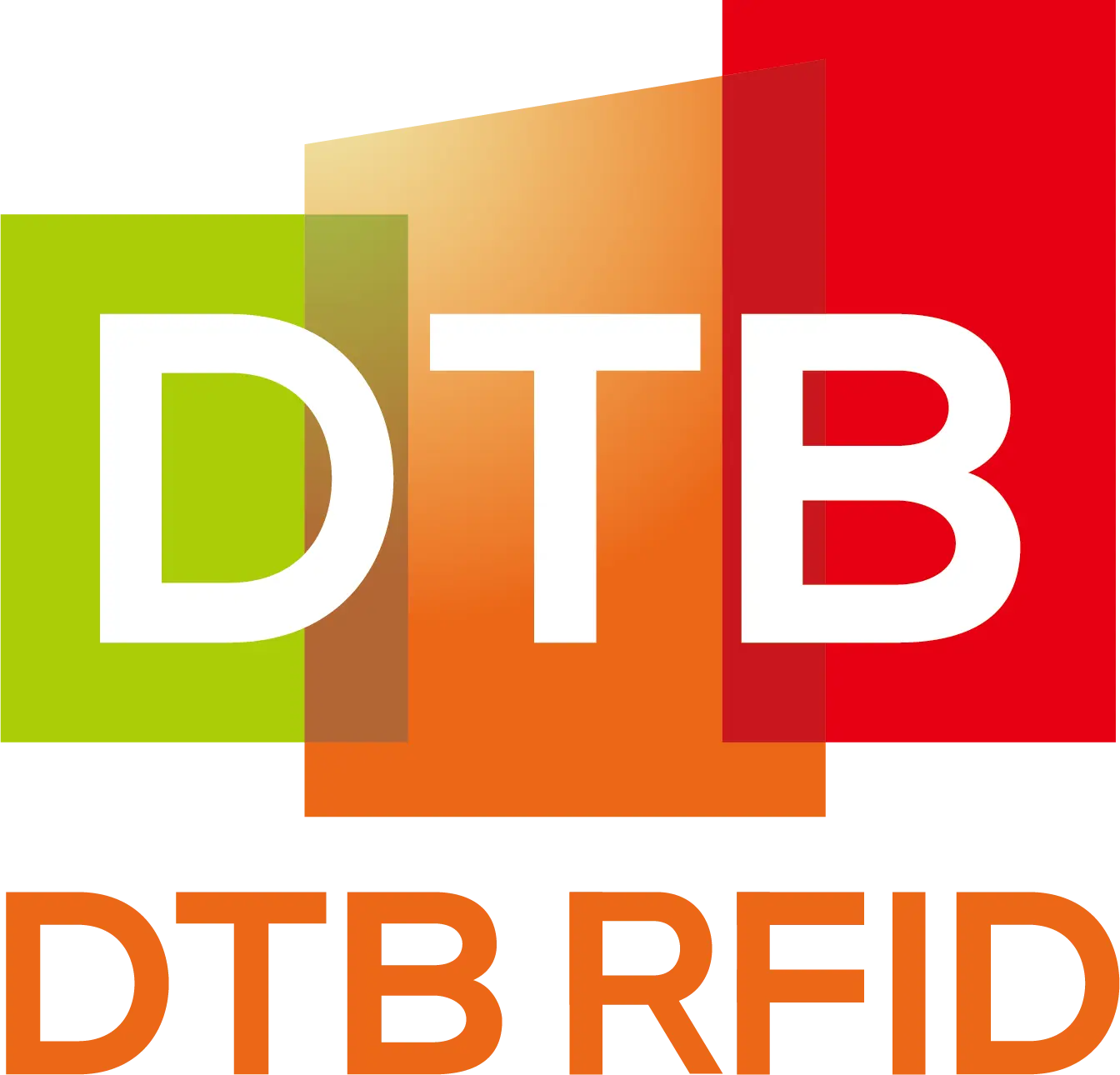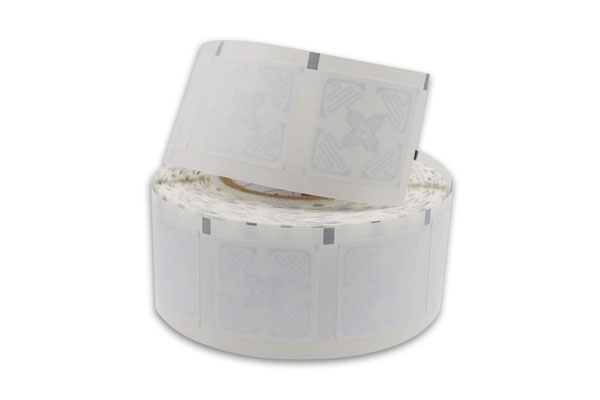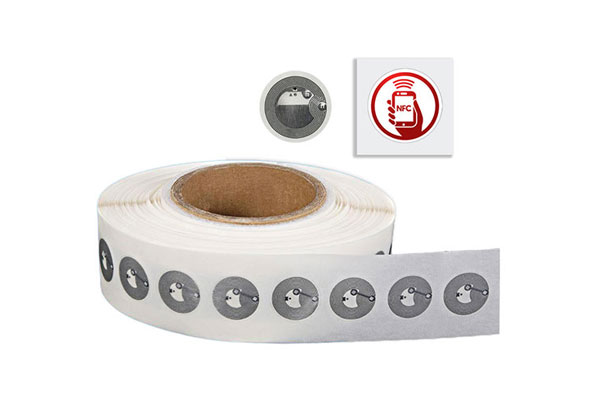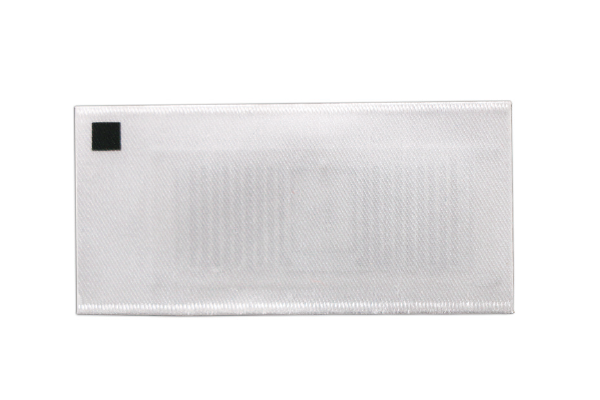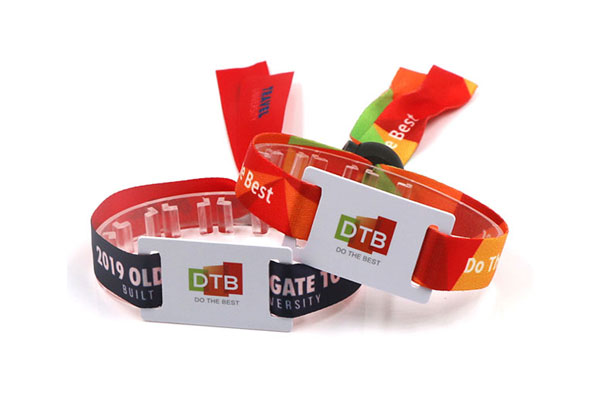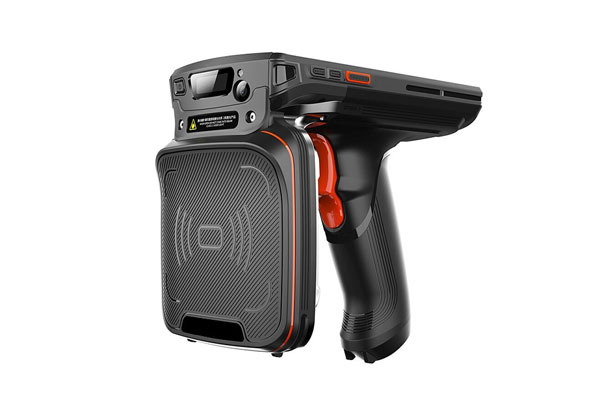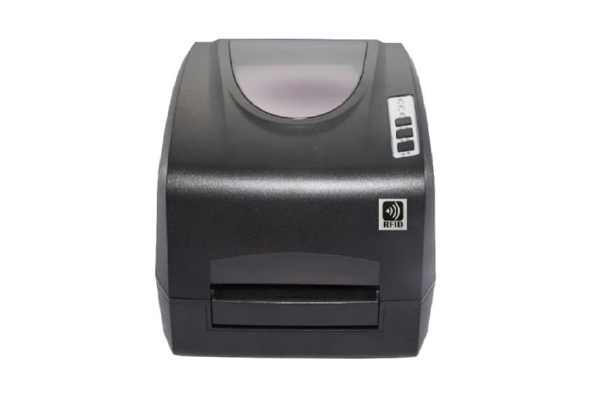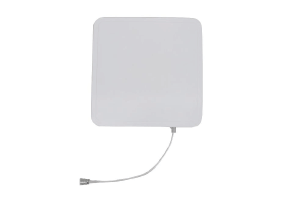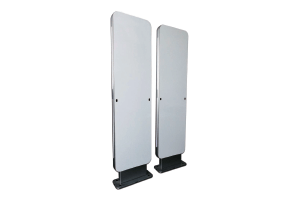In today’s fast-moving supply chains, warehouses face growing pressure to deliver accurate, timely information and reduce manual effort.
Traditional barcode scanning and paper-based tracking often fall short when volumes rise or customer expectations shift.
RFID for warehouse management offers a measured yet meaningful step toward better visibility and smoother workflows, helping warehouses move from reactive processes to more predictable operations.
The Challenge of Conventional Tracking
Many facilities still rely on line-of-sight barcode scanning and periodic manual inventory counts. These methods can introduce delays—sometimes hours or days—before discrepancies are caught. Human errors in data entry are common, and the effort required for large-scale audits can stretch resources thin.
As omnichannel fulfillment and shorter delivery windows become standard, this lag in information can lead to stockouts, overstock, and unplanned labor costs.
How RAIN RFID Adds Value
RFID for warehouse management uses passive UHF tags that require no battery, keeping individual tag costs low. Readers placed at key points—docks, sorting tunnels, or packing stations—can capture data from hundreds of tagged items in a single sweep. This reduces the need for workers to scan items one by one and ensures inventory counts stay up to date throughout the day.
By linking these real-time reads into an existing Warehouse Management System (WMS) or cloud platform, managers see current stock levels and item locations without manual checks. That ongoing visibility supports more timely restocking, fewer misplaced goods, and clearer delivery commitments.
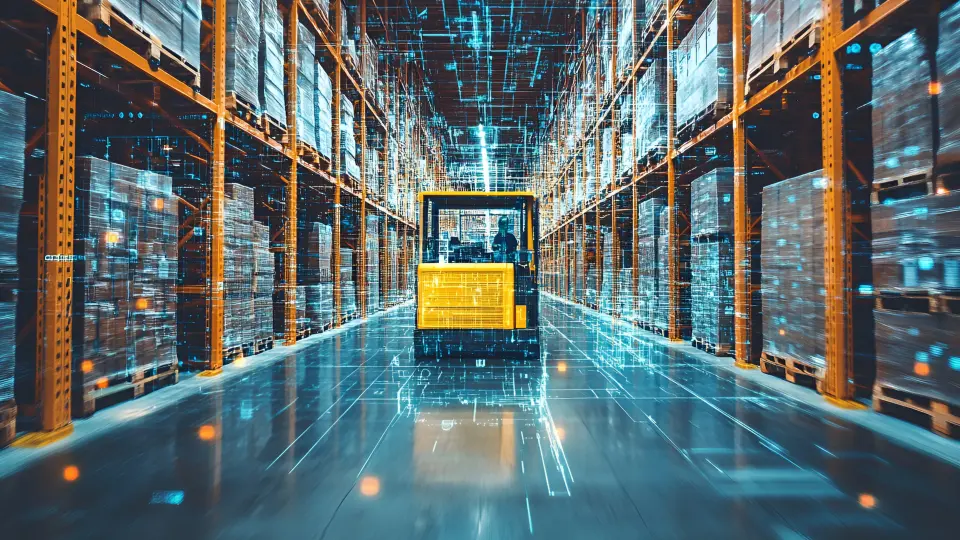
Three Areas of Improvement
More Frequent, Lower-Effort Counts
RAIN RFID enables cycle counting without pausing operations. Rather than shutting down aisles for a blind audit, tags can be read as forklifts or carts move through. This can reduce the time spent on inventory validation by 50–70%, and the continuous data feeds help spot anomalies—like missing pallets—before they become costly problems.
Simplified Order Picking
Instead of relying on paper or handheld scanners, goods-to-person systems use RFID-equipped vehicles or conveyors to bring items to a central packing station. Workers spend less time walking and scanning, focusing instead on verifying and packing. Early adopters report that picking throughput can improve by 20–30%, with fewer mis-picks.
Data-Led Layout and Scheduling
With detailed movement records, teams can analyze which products are accessed most frequently and arrange zones accordingly. Predictive algorithms then suggest optimal pick paths or schedule restocking during low-traffic windows. This level of operational insight often translates to smoother workflows and lower labor costs over time.
Considerations for Implementation
While the tags themselves are inexpensive, a full RAIN RFID rollout involves readers, mounting fixtures, and integration with software systems. Pilot projects—focused on high-value SKUs or specific dock doors—allow teams to validate benefits before scaling.
It’s also important to choose tags rated for your environment (e.g., metal-mount, temperature-resistant) and to plan reader placement to avoid coverage gaps.
Gradual Adoption Pays Off
RAIN RFID doesn’t need to replace every barcode in one go. Many warehouses start by tagging pallets or cartons, then expand to item-level tracking as processes mature. Over time, the incremental improvements in accuracy and labor savings add up—often delivering a return on investment within 12–18 months.
By approaching RAIN RFID as a practical enhancement rather than a wholesale overhaul, businesses can introduce better data flows without disrupting day-to-day operations. The result is a more reliable, transparent warehouse—one that can respond to demand shifts with confidence and scale more smoothly as volumes grow.
